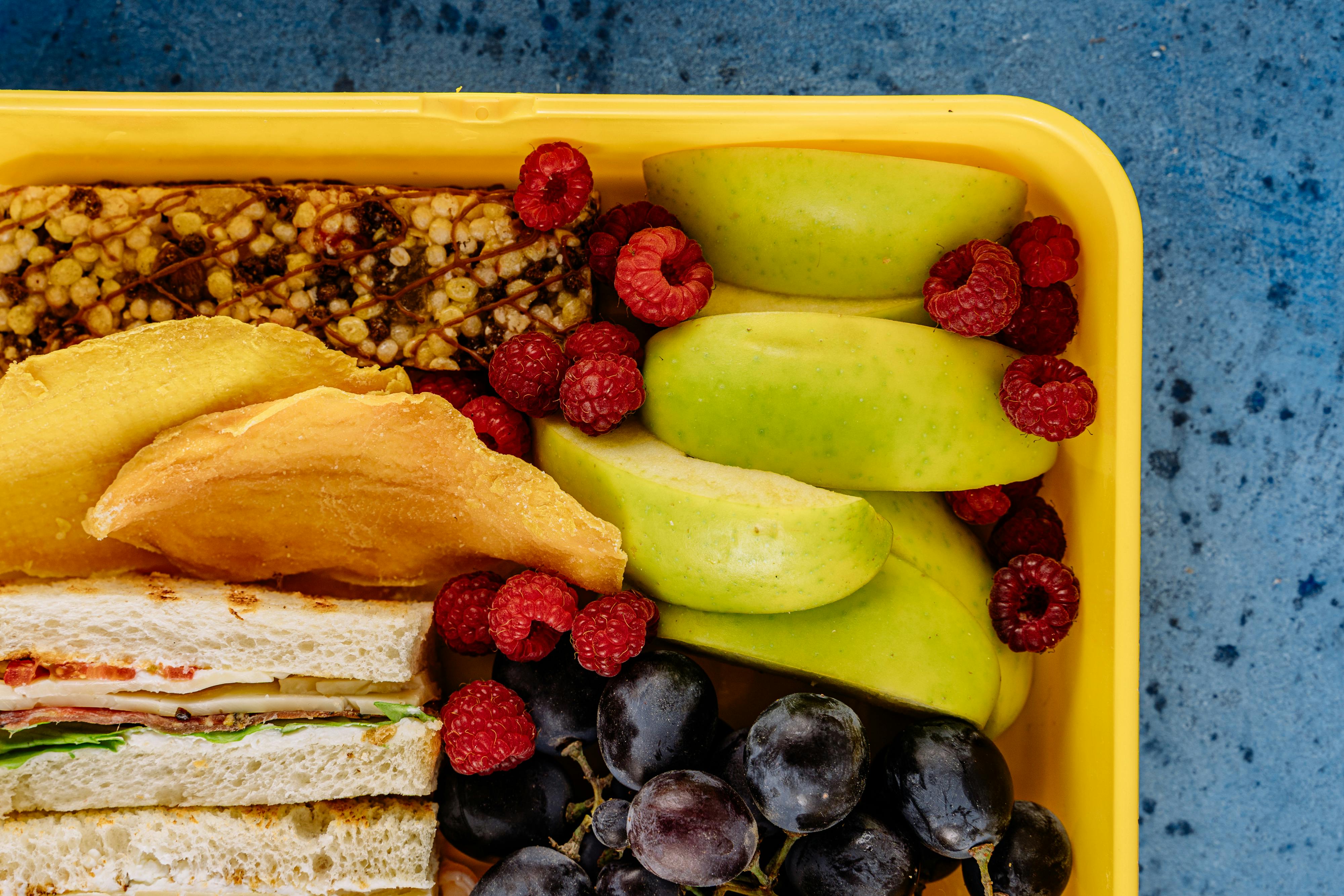Essential Guide to Salad Diet for Effective Weight Loss 2025

Essential Guide to Salad Diet for Effective Weight Loss
Embracing a salad diet is a transformative choice that can significantly aid in weight loss efforts while enhancing overall nutrition. With a diverse array of healthy salad recipes, this guide showcases how incorporating salads into your daily meals can lead to sustainable weight management. As you explore ingredient variety, you’ll find that salads are not just low in calories; they are packed with essential nutrients, offering a delicious way to meet your dietary goals. Throughout this article, you’ll discover tips for preparing easy salad recipes, creative salad dressing ideas, and meal plans tailored for weight loss, ensuring you can enjoy tasty meals while shedding pounds.
Salad diets are versatile and can cater to a variety of tastes and preferences, whether you're seeking low-calorie salads, vegetarian salad options, or nutrient-rich salads. Our roadmap will guide you through understanding the benefits of different ingredients, how to create satisfying salad meal plans, and the best practices for meal prepping salads that remain fresh and flavorful.
Key takeaways from this guide include:
- Understanding the components of a balanced salad
- Quick and healthy recipes for busy lifestyles
- Integration of protein-packed and fiber-rich ingredients to enhance satiety
- Seasonal and budget-friendly salad variations that are enjoyable and nutritious
Building Nutritional Foundations with Weight Loss Salads
Integrating salads for weight loss into your diet builds essential nutritional foundations. To achieve weight loss goals, salads should focus on nutrient density—providing a variety of macro and micronutrients without excessive calories. Selecting healthy salad ingredients like leafy greens, colorful vegetables, fruits, whole grains, healthy fats, and protein-rich toppings is fundamental.
Choosing Fresh Ingredients
When crafting your salad, prioritize fresh ingredients such as fresh greens, seasonal produce, and vibrant fruits. Aim to fill your salad bowl with a rainbow of colors to ensure a broad spectrum of nutrients, as different colors often signify varying health benefits. For instance, dark leafy greens like kale or spinach are high in vitamins A, C, and K. Conversely, add salad toppings like carrots and tomatoes to provide antioxidants.
Protein as a Key Component
Incorporating protein is crucial in your salad to promote satiety and support muscle maintenance during weight loss. Consider adding ingredients like grilled chicken, chickpeas, or tofu to create a protein salad that complements greens. Such additions also amplify the salad's nutritional value, making it a well-rounded meal.
Smart Choices in Dressing
Salad dressings can significantly impact the caloric profile of your meal. Opt for homemade salad dressings using ingredients like olive oil, vinegar, and herbs to control fat and calorie intake. Creamy dressings can be tempting, but look for recipes emphasizing yogurt or blended avocado for a healthier twist. Additionally, before serving your salad, take care to add dressing gradually to avoid oversaturating it.
As you start to master the balance of ingredients in your salads, the next step involves crafting diverse recipes to maintain your dietary commitment. This naturally leads us to explore healthy salad recipes that are both easy to prepare and satisfying.
Easy Salad Recipes for Weight Loss
Now that you've acquired the basics of crafting nutritious salads, it's time to dive into easy salad recipes that can bolster your weight loss journey. These recipes aim to simplify meal preparation while still delivering robust flavors and essential nutrients.
Quick Lunch Salads
For those busy weekdays, quick salad recipes are invaluable. A chopped salad featuring cucumbers, bell peppers, shredded carrots, and a light vinaigrette dressing can be prepared in minutes. Pair it with a slice of whole grain bread for a balanced meal that will keep you energized throughout the day.
Refreshing Summer Salads
Take advantage of summer’s bounty with a Mediterranean salad that includes ripe tomatoes, cucumbers, olives, and feta cheese. Drizzle with olive oil and a squeeze of lemon for a refreshing dish. This salad is a true representation of how beautiful and flavorful salads can be while adhering to weight loss principles.
Hearty Grain Salads
Consider incorporating hearty grains like quinoa or farro into your salads. A quinoa salad recipe with roasted vegetables and chickpeas is not just filling but also packed with essential nutrients, making it an ideal option for lunch or dinner. For those looking to boost their fiber intake, this grain salad is an excellent choice!
As you explore these recipes, remember that variety is the key to avoiding salad monotony. In the next section, we will delve into developing a comprehensive salad meal plan that incorporates diverse flavors and ingredients.
Crafting a Comprehensive Salad Meal Plan
Creating a salad meal plan allows you to structure your meals efficiently while ensuring nutritional adequacy. By organizing your salads around your week’s priorities, you can enjoy convenient, nutritious meals without repetitive dietary patterns.
Planning for Success
Start by plotting out your week: identify days when you might be more pressed for time and plan meal prep salads for those days. For instance, a Sunday preparation session can yield several jars filled with salads for lunch throughout the week.
Seasonal Ingredients for Optimal Flavor
Integrate seasonal salad ingredients to enhance flavor while being budget-friendly. Research what vegetables and fruits are available at local markets—this not only supports sustainable eating but also advocates for fresher, tastier salads.
Balancing Your Salad Bowl
In your meal plan, emphasize balance by including protein, healthy fats, and carbohydrates in every salad. Utilize legumes as a protein source, nuts or seeds for healthy fats, and whole grains or starchy vegetables for fiber and energy. This approach keeps you full and satisfied, preventing mid-meal cravings.
With a structured plan in place, your next endeavor will be to explore creative salad variations, ensuring your diet remains lively and enjoyable. Let’s delve into exciting salad ideas that will make your meals both enjoyable and nutritious.
```